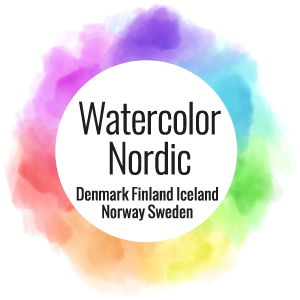Before the camera was invented, many world travelers kept a watercolour case in their suitcase. Drawing and using watercolour was part of the curriculum of higher education as a means to illustrate observations. It was important that those who were sent out on travels as ambassadors and researchers could describe what they encountered. The collections of Norwegian museums include many beautiful watercolors by, for instance, the explorer Fridtjof Nansen and the author Henrik Ibsen.
The watercolour has long been used as a sketching method for tapestry and oil paintings. J.C. Dahl (1788–1857) made watercolours which he used as an inspiration and starting point for his artistic work. Today these sketches are seen as great works of art on their own. Tiedemann and Gude (1814–1903) also used watercolour as a sketch basis for their national romantic works. Lars Hertervig (1830–1902) was a talented watercolour artist as well. He was a poor and nervous man who painted amazing watercolours on bread bags and paper. His work was recently presented at the Tate Gallery in London. Theodor Kittelesen (1857–1914) was a great artist who used pen and watercolor, producing illustrations about folk tales and nature. Edvard Munch made many great watercolours, but did not exhibit them publicly in his time. Today they can be seen in Oslo’s new Munch Museum.
In the mid-20th century, watercolour works were presented for sale and exhibitions, not just sketches. Fine artists such as Håkon Bleken, Ørnulf Oppdal and Frans Widerberg used oil, graphics, and watercolour interchangeably. This openness to various materials and styles has continued since.
William Turner and the English watercolour tradition were a great inspiration for Norwegian artists in the 1960s and 70s. White paper had the role of light in the painting. The use of white colour was “prohibited”. Dark parts were composed of many layers. Kåre Tveter, Olav Herman Hansen, Tormod Schørberg and Kjersti Eliassen are some examples of this style.
“Some pigments bite, and some pigments burst on wet paper”. The theories and rules outlined by the Swedish artist Arne Isacsson also affected the Norwegians. Lars Lerin lived and worked for many years in northern Norway. His art is very popular, inspiring and educational to this day.
Emil Nolde, Mark Rothko, Georgia O’Keeffe, Victor Vasareli, Paul Klee, Marlene Dumas and David Hockney have inspired many modern artists in Norway. There are many doors still waiting to be opened for improving watercolour techniques, such as experimenting with novel ways of handling paper, water, and colours. Life, nature, travel, new cultures, and practitioners in art, can open towards new ideas and give shape to large and precious treasures.
In Norway, as in the rest of the world, there is a blooming community of many happy watercolourist amateurs. They are skilled, go to classes and learn techniques. This creativity is a source of joy for many. These avid painters display their works in both homes and galleries. Queen Sonja of Norway (b. 1937) is the most famous watercolour amateur in Norway: she has held large-scale exhibitions in both Norway and abroad.
Torild Inger Børretzen
![]()
Historie på norsk
Før fotoapparatet var akvarellskrinet med i reisekofferten til mange som reiste ut i verda. Slik var lærdom om teikning og akvarell ein hadde med seg i finkulturen og i høgare utdanning. Det var viktig at dei som blei sendt ut som ambassadører og forskere kunne beskriva det dei såg og blei kjend med på reiser. Difor har me i våre norske museum flotte akvarellar av både forskar Fridtjof Nansen og forfattar Henrik Ibsen
Som skissearbeid for større arbeid har akvarellen lenge vore brukt. Det finnes vakre studiar av natur i akvarell som J.C. Dahl brukte til inspirasjon for dei store arbeida hans. I dag ser me på dei som sjølvstendige kunstverk. Tiedemann og Gude (1814–1903) brukte også akvarell som skissegrunnlag for sine nasjonalromantiske arbeid. Me har også ein stor akvarellkunstnar i Lars Hertervig (1830–1902). Han var ein fattig og nervøs mann som malte vidunderlege akvarellar på brødposar og kartong. Desse arbeida var nyleg utstilt på Tate Gallery i London. Theodor Kittelesen var stor kunstnar på papir med folkeeventyr og natur i pennetikningar og akvarellar.
Det sjølvstendige, kunstverk i akvarell, for sal og utstilling kom på vegg og galleri midt på 1900 tallet Håkon Bleken, Ørnulf Oppdal, Frans Widerberg arbeider likeverdig med olje, grafikk og akvarell som kunstverk. Astrid Råstad arbeider med tekstil attåt akvarell, Jan Roald er også grafiker og designer.
I Noreg har det vore William Turner som ver den store inspirator for akvarellmaleri på 60 og 70 tallet. Lyset og landskap skulle fremstå utan bruk av kvit maling. Det kvite papiret var lyset i motivet. Djupe valører skulle skapast lag på lag. Kåre Tveter, Olav Herman Hansen, Tormod Schørberg og Kjersti Eliassen er etter mi meining eksempel på denne retninga.
I nyare tid har Lars Lerin også sin påverknad i det norske miljøet, sidan han budde og arbeidde menge år i Nord Noreg. Arne Isacsson med sine teorier om akvarell-pigmentenes spesielle egenskaper i vatn; ; at nokon fargar biter og nokon fargar sprenger, har også virka inn på akvarellteknikken til ein del norske malere
Påverknad frå andre kunst retningar kjem også til oss: Emil Nolde, Mark Rothko, Victor Vasareli , Paul Klee, Marlene Dumas og David Hockney. Nokon av dei som kan synast å vera inspirert frå desse retningane er Synneva Heradstveit, Trond Einar Indsetviken, My Hege Rygel og Torild Inger Børretzen.
Som elles i verda er det eit stort mangfald av amatørar innan akvarell. Det er mange som er dyktige, går på kurs og lærer seg metodar for å handtera mediet. Kreativiteten er stor og det er til glede for mange. Dei får veggplass både i heimar og i galleri. Her kan me nemna vår dronning Sonja som går i lære innan grafikk og akvarell og har utstillingar både her i landet og utanlands.
Torild Inger Børretzen
![]()
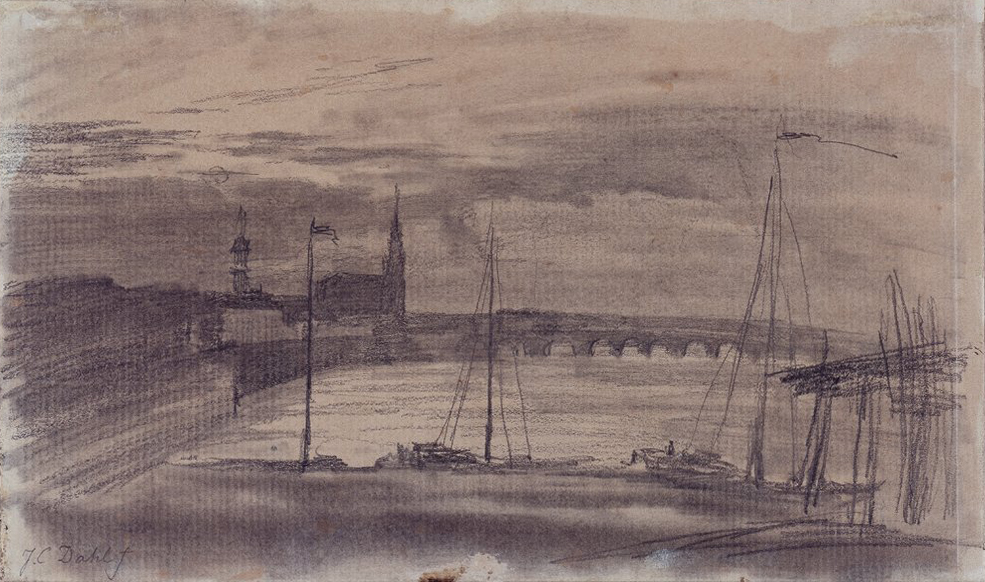
![]()
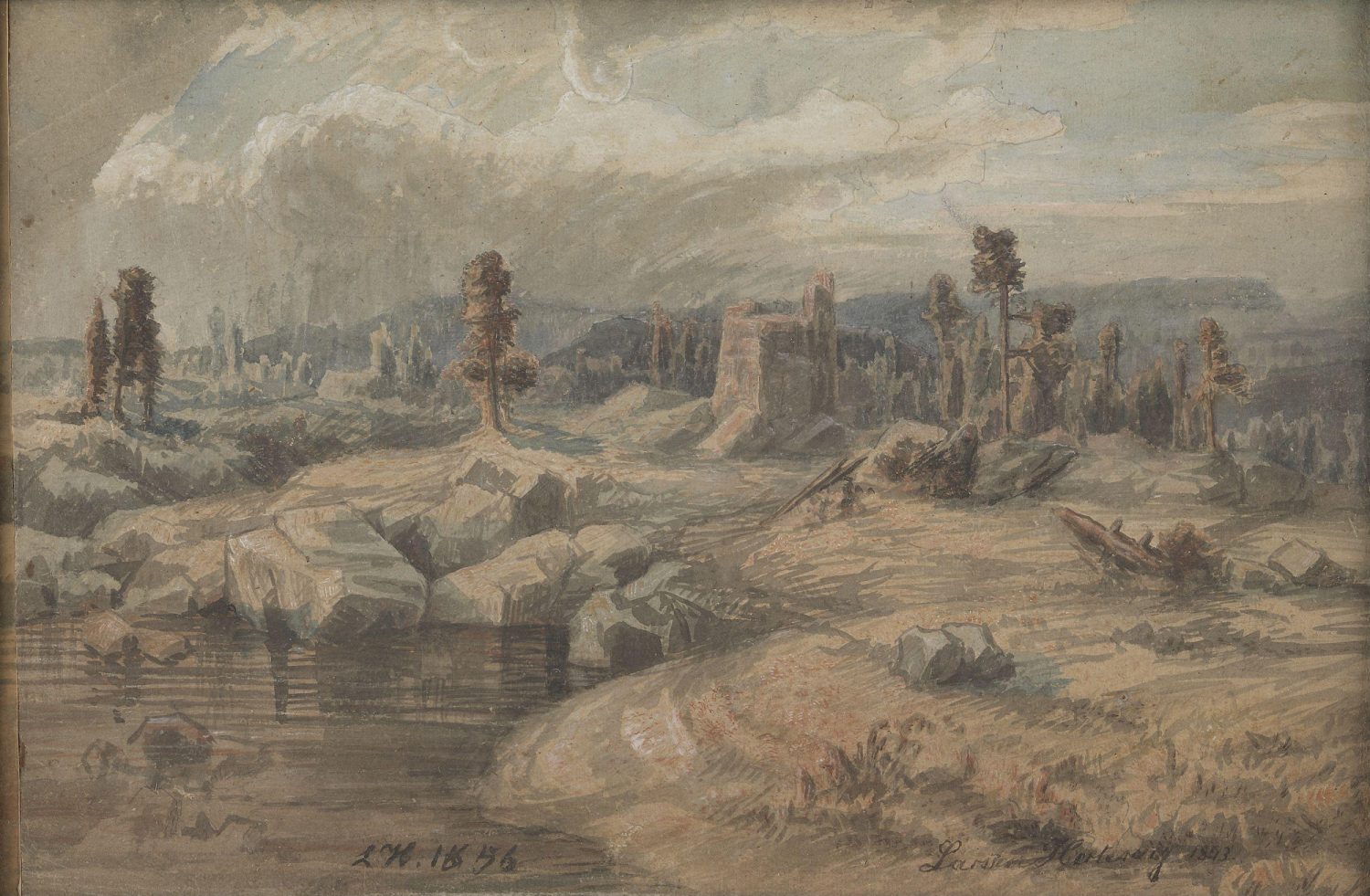
![]()
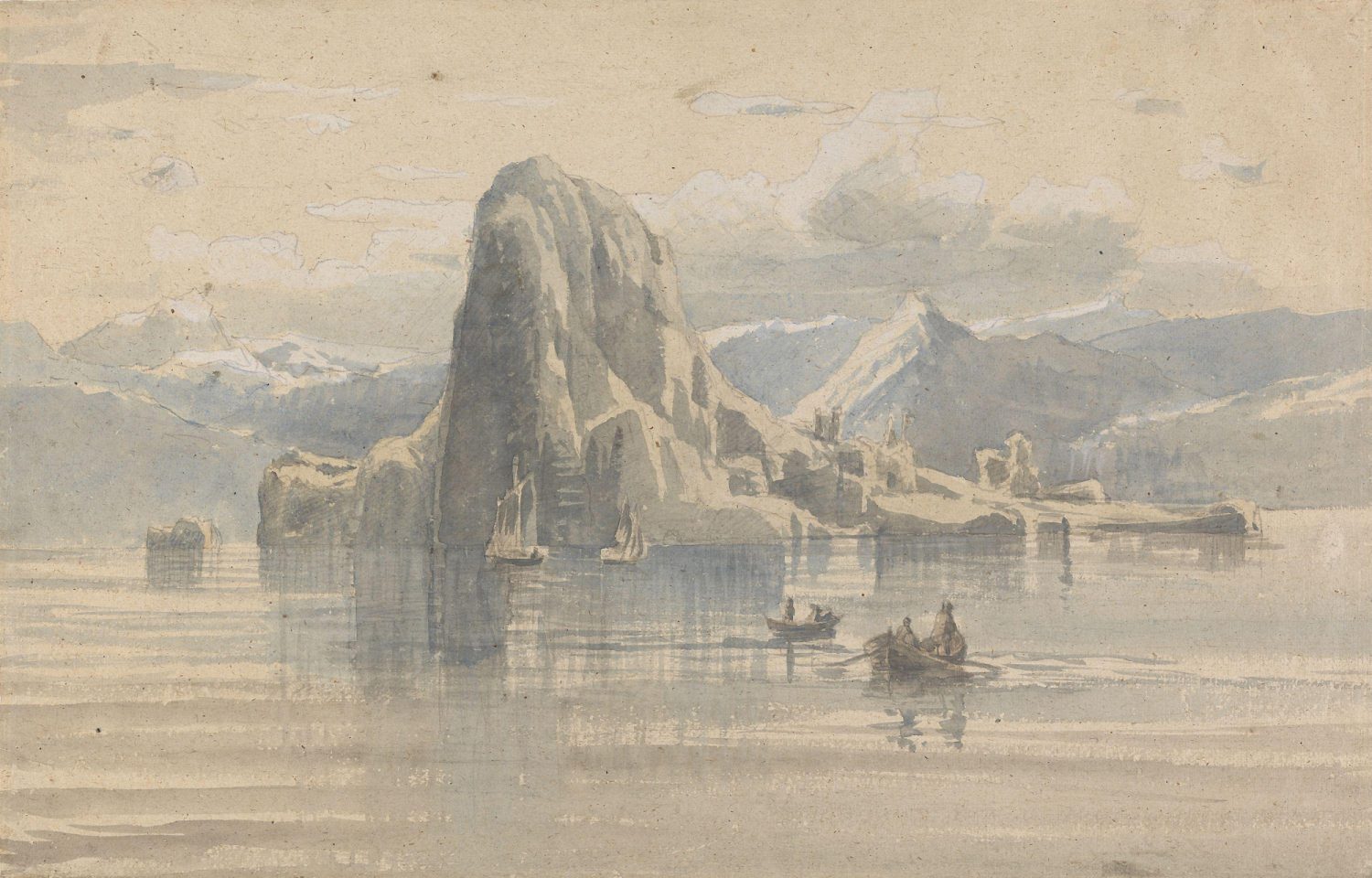
![]()
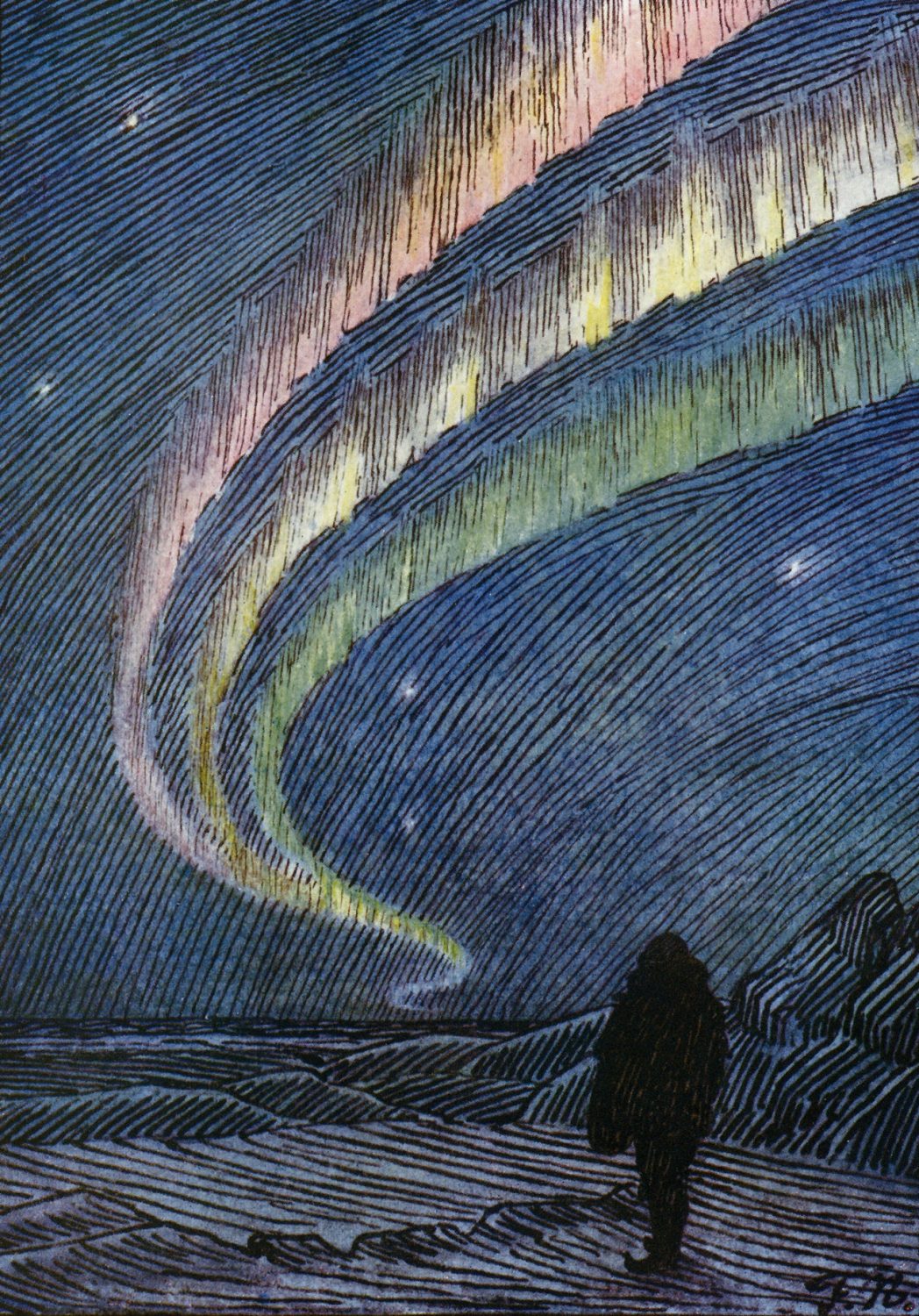
![]()
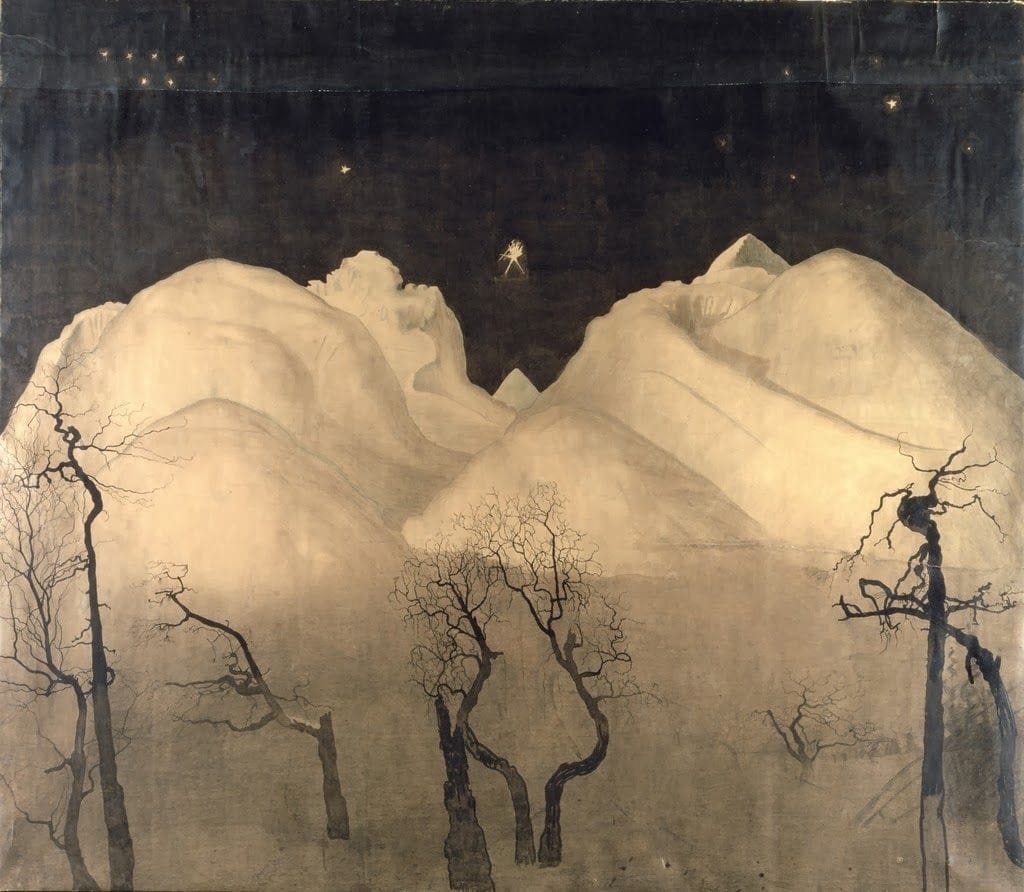
![]()

![]()
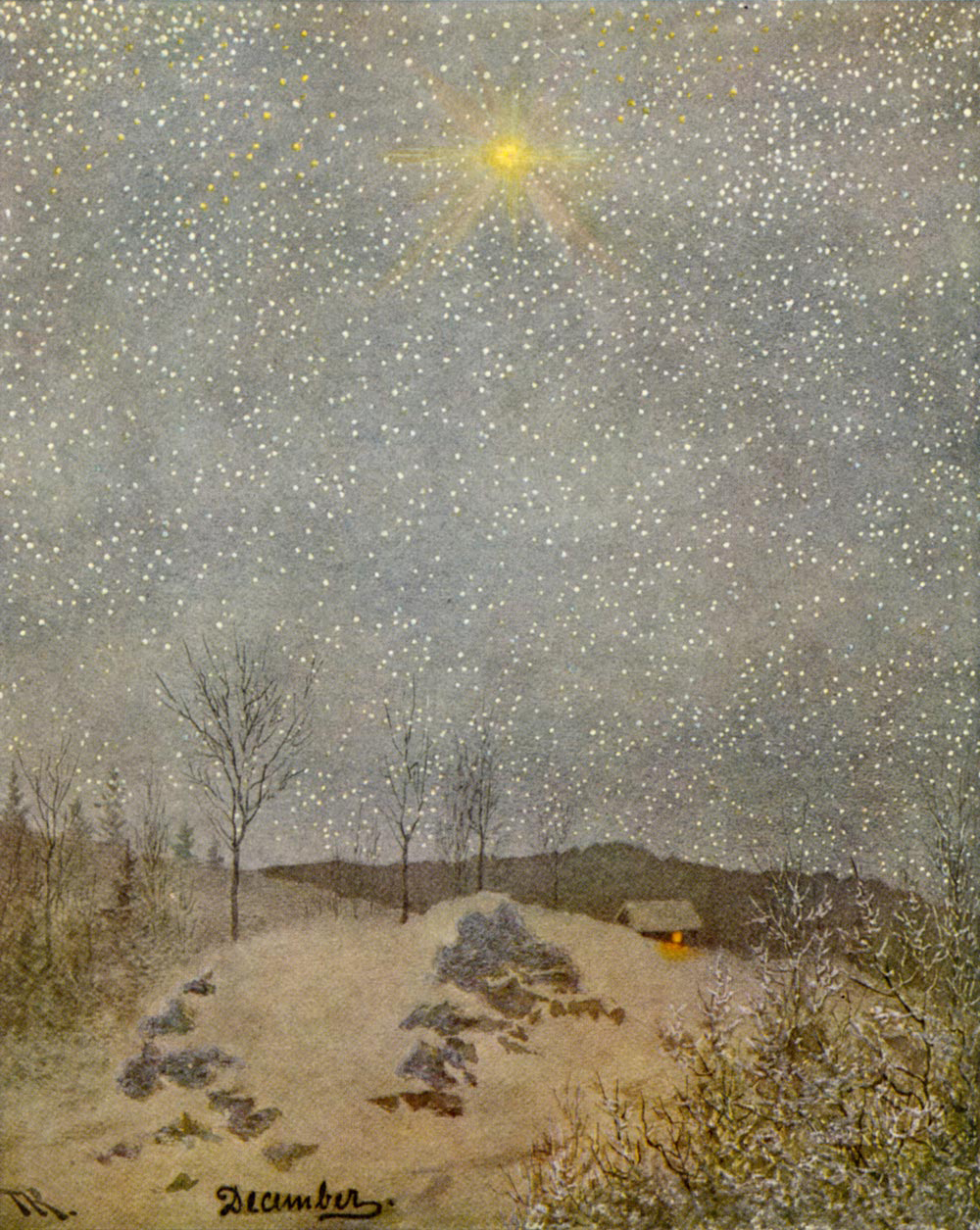
![]()
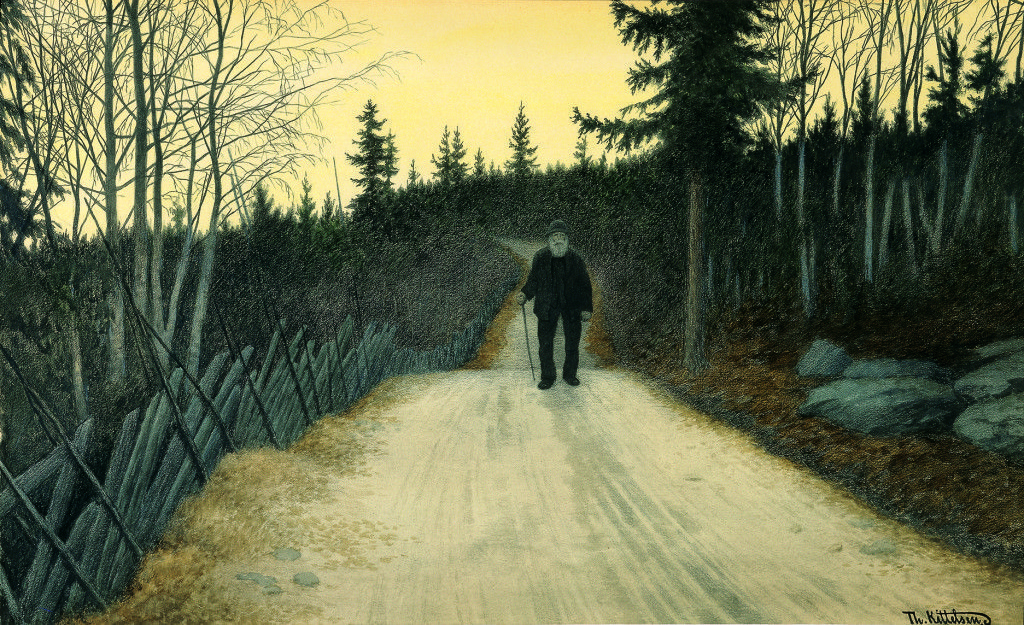
![]()

![]()
![]()
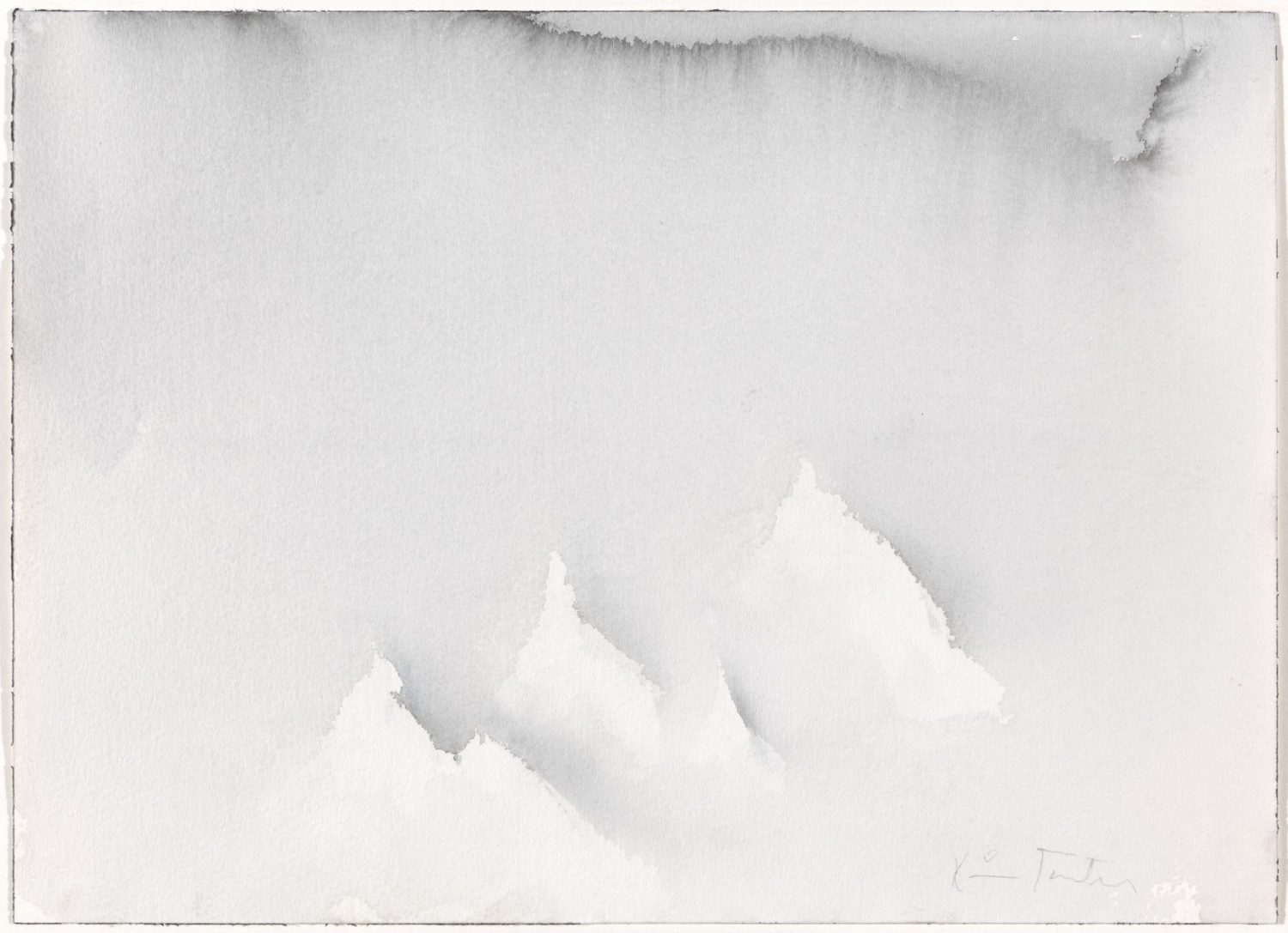
![]()
